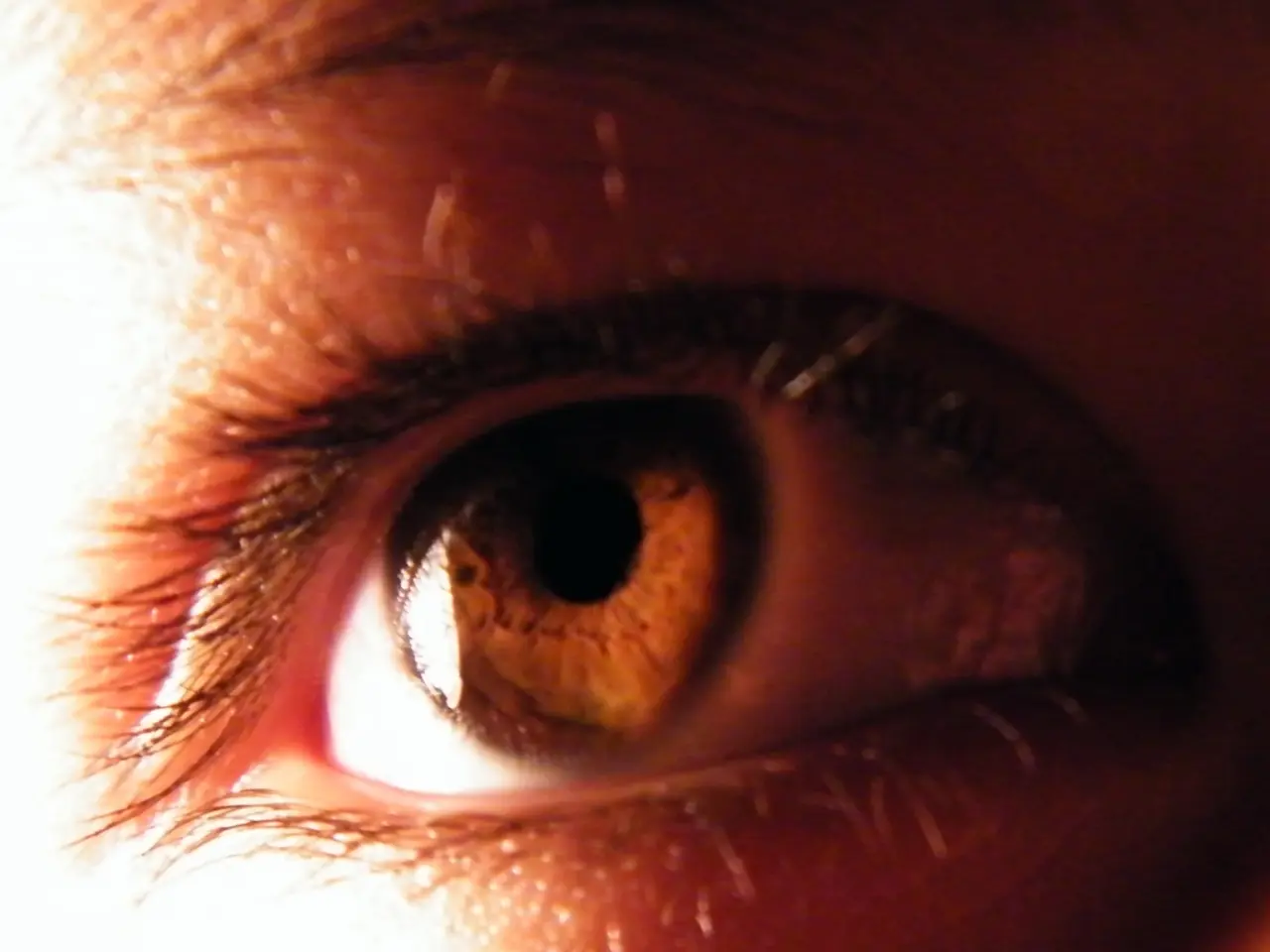Under-eye Botox treatments: Efficiency evaluation, potential adverse reactions, and alternative methods available
Botox, a popular anti-aging treatment, is primarily used to reduce dynamic wrinkles caused by muscle movement. However, its off-label use for treating under-eye bags is less common and not as extensively researched.
While Botox can help relax the muscles around the eyes, potentially aiding in the reduction of fine lines and wrinkles, it does not directly address the underlying causes of puffiness under the eyes. As such, it is often combined with other treatments like fillers or chemical peels to achieve better results.
The risks associated with Botox injections around the eyes include common side effects such as bruising, swelling, headaches, pain, and dry eyes. More severe side effects, while less common, can include temporary asymmetry, heavy lids, and double vision. It's crucial to note that these risks can be minimised by choosing an experienced practitioner.
The United States Food and Drug Administration (FDA) has not approved Botox for injection under the eyes for cosmetic purposes, and a full body of research about the safety of this use does not exist.
It's also important to consider that off-label uses may not be covered by insurance, even if they are safe and effective when performed by qualified professionals.
Botox is not a permanent solution to wrinkles, as its effects last for 3-6 months, and further injections are necessary to maintain results. The average price of Botox injections in the U.S. ranges from $200 to $1,400, with the price varying depending on the location of the clinic.
People with certain chronic conditions such as amyotrophic lateral sclerosis (Lou Gehrig's disease), myasthenia gravis, and Lambert-Eaton syndrome should not receive Botox injections.
Before deciding to have Botox injected under the eyes, it's essential to discuss the treatment, its risks, and benefits with an experienced practitioner. A person can also ask for a price estimate before requesting Botox injections.
In conclusion, while Botox can be an effective treatment for dynamic wrinkles, its off-label use for under-eye bags requires careful consideration due to the lack of extensive research and potential risks. It's always advisable to consult with a qualified professional before undergoing any cosmetic treatment.
- Some individuals explore using Botox for puffy under-eye bags, but this practice isn't as commonly researched as its primary use for dynamic wrinkles.
- Skincare therapies and treatments like Botox, when used near the eyes, can potentially reduce fine lines and wrinkles by relaxing muscle movement.
- However, Botox does not directly target the root causes of under-eye puffiness, so it is often combined with other treatments like fillers or chemical peels for better results.
- When considering Botox for under-eye bags, individuals should be aware of potential risks, including common side effects like bruising, swelling, headaches, and dry eyes.
- More severe side effects, though less common, can include temporary asymmetry, heavy lids, and double vision, but these risks can be minimized by choosing an experienced practitioner.
- The FDA has not approved Botox for cosmetic use under the eyes, and despite its popularity, a comprehensive body of research on its safety for this purpose is lacking.
- It's essential to note that off-label uses may not be covered by insurance, even when performed by qualified professionals.
- Botox's effects on dynamic wrinkles are temporary, lasting for 3-6 months, requiring regular injections to maintain results. Prices for Botox injections in the U.S. typically range from $200 to $1,400, depending on the clinic's location.
- People with certain chronic conditions like amyotrophic lateral sclerosis, myasthenia gravis, and Lambert-Eaton syndrome should avoid Botox injections due to potential complications related to their health conditions, such as asthma or depression. Before deciding on Botox injections, discussing the treatment, its risks, benefits, and cost with a qualified professional is advisable.





